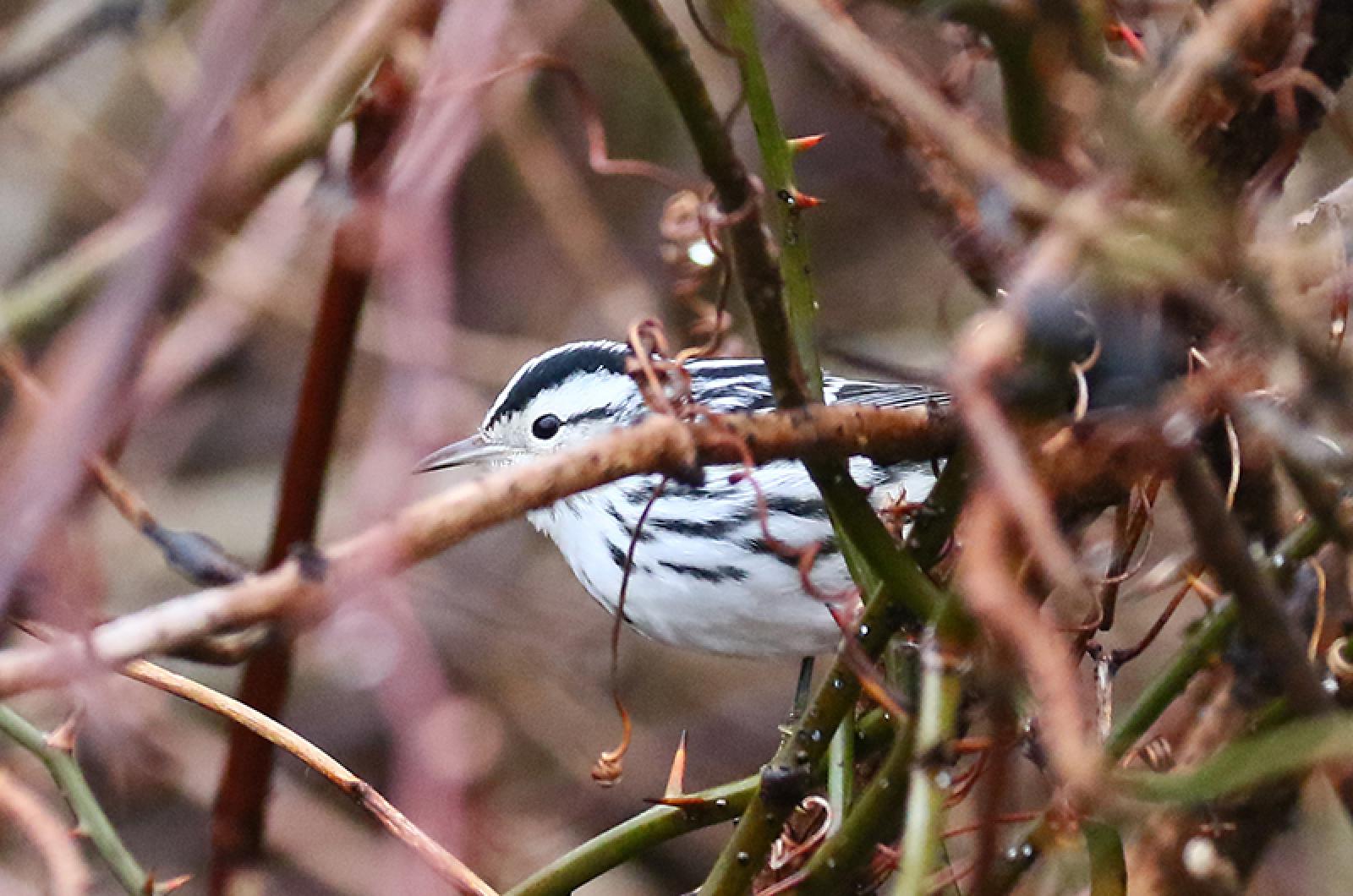The 61st annual Christmas Bird Count was held on Jan. 2, but the initial compilation of the data was started the next day when we all gathered via Zoom to review the species we saw in the field. Preliminary totals show we counted more species (130: 123 on count day and an additional seven species in count week) than we have since we observed 130 species on the 2007 count! And the almost 23,000 birds we counted on count day is the second highest total in that time period.
But I am getting ahead of the story. First, the National Audubon Society – the organizer of this international event – issued guidelines to prevent the spread of Covid-19. Perhaps the most important of these was to ban carpooling between sites, which reduced the social aspects of conversing with your fellow birders as you traveled between locations. We were short-handed because some of our regulars chose not to participate. We had only 54 field participants covering the 13 territories, with an additional 35 people counting birds at their feeders.
And the weather! We have had bad weather for the past few counts, and that was forecast to be the case again. Rain and strong winds were predicted, with the rain stopping in the morning. And because the temperatures were to be in the low 50s, fog was also a possibility. Bad weather makes it difficult to find birds! Wind and rain tend to keep birds in places well protected from the weather — they are tucked into spots where it is difficult to find them: tight along the shoreline, deep in the woods, or deep within shrub thickets. It is hard to see them and you cannot hear them over the howling wind.
My field team always starts on the ocean beach at Long Point. On our way there, we stopped to scan Middlepoint Cove in the rain at 7 a.m.; the fog was so dense that we could see less than half of the cove. Plans changed – no point going out to the beach if we could not see birds on the ocean or Tisbury Great Pond! This change turned out okay, however, as our first stops along the upper reaches of Deep Bottom Cove turned up a ring-necked pheasant, 11 common mergansers, an immature bald eagle, and one of only two field sparrows seen on the count. The pheasant and the eagle were the only ones seen on the count!
Fortunately, the weather improved as the day progressed. The rain turned to drizzle and ended by 9 a.m. Then the sun broke through in the early afternoon. The wind remained, but there was activity in sheltered — out of the wind — locations that had seemingly been devoid of bird life earlier in the day.
The tally, where we all get together to compile the results and share stories of the day — of course by Zoom this year — was fun with great discussions about the species we saw, but the stories and discussions characteristic of the usual in-person meeting did not happen as there can only be one conversation at a time on the computers. Heck, you could not even see all the participants on your computer screen!
Luanne Johnson organizes the birders and compiles the sightings of the field teams and the feeder watchers. The totals reported above will change as she continues to receive feeder reports. It is a lot of work, but on almost every count, feeder watchers add species that we did not find in the field. This year they added Baltimore oriole and purple finch.
One of the compiler’s jobs is also to vet and verify the identification of the unusual or difficult to identify species. For example, Olsen Houghton’s Indian Hill Road team reported 25 tentatively identified vesper sparrows. The highest number of these sparrows seen on our counts is two. We discussed the possibility that they were Lapland longspurs, and asked his team to write down as much detail about the sighting as possible (a routine request for unusual sightings). On Jan. 4, Lanny McDowell visited the site and discovered a flock of American pipits; identification solved and confirmed.
Count Highlights
In most years we see a species that we have not seen before. This year the new species is a greater white-fronted goose, observed by Walt Looney at the Farm Institute. This is the 220th species we have recorded on a count since 1960!
Four other notable sightings are Ken Magnuson’s two grasshopper sparrows in Katama and Allan Keith’s and Lanny McDowell’s black-and-white warbler at Squibnocket. The only other time grasshopper sparrows were seen on a count was in 1999, and the warbler was seen on both the 1966 and 1998 counts. Two species were spotted for the sixth time since 1960: two American oystercatchers at Little Beach and one great egret at Sheriff’s Meadow Sanctuary.
More details about the count will be in future columns. But it was a great count despite the weather (we beat Nantucket’s 129 species)! As a longtime participant and one of the former compilers of this count, I offer a heartfelt thank you to Luanne Johnson for her work organizing this count.
Please email your sightings to birds@mvgazette.com.
Robert Culbert is an ecological consultant with Nature Watch LLC living in Vineyard Haven.







Comments
Comment policy »